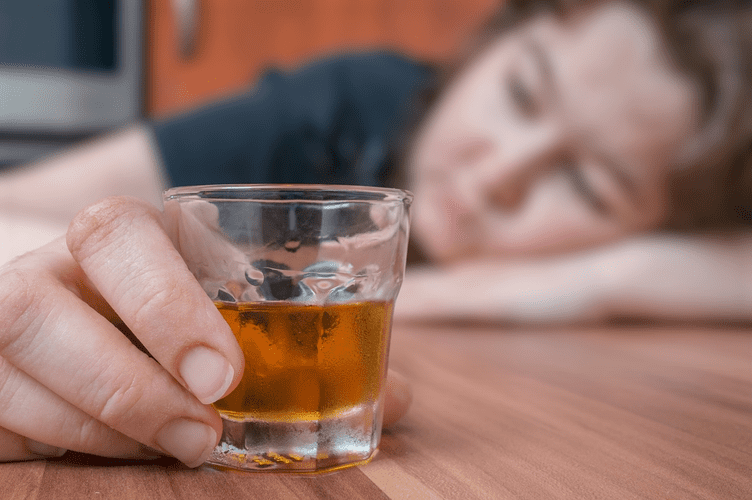The Benefits Of Prioritizing Mental Health In Addiction Treatment
As a non-profit we rely on donations, and without a major grant or big donor, our cause is solely supported by our Board of Directors. We realized with time that supporting local sober housing and providing scholarships would required a lot more financial donations. So we brainstormed other creative ways we could still support art therapy for addiction the addiction recovery and sober community, but could give back in other ways. Relapse prevention techniques are essential for people aiming to finish their relationship with substance abuse and maintain sobriety. You can notice your creative output evolve as you reconnect with your innermost thoughts and feelings.
Mental Health Treatment

By working with a trained art therapist, individuals can learn how to use this process effectively, and find ways to apply these newfound insights in their everyday lives. Art therapy is based on the fact that creating art can help people process traumatic experiences better than nonverbal means of expression such as talking or writing. In contrast, music therapy focuses on creating an environment where patients can express themselves through different musical activities such as songwriting or drumming.
Art Therapy in Mental Health
This activity was developed to guide participants towards recognizing the need for change, and to help them feel empowered about making those changes. Patients are asked to create five art pieces that relate to their experience with substance abuse. Our Art Corner can serve as a way for art teachers, art therapists, and people in recovery to find art classes, participate in or organize community events, and even browse art created by people just like you. Art can be used as a healthy tool to both express your inner thoughts and reflect on who you are, so you don’t have to rely on the substances that once harmed you.
- The WHO stated in World Health Report 2001 that “just a small proportion” of the over 45 million people worldwide who suffer from mental and behavioural problems are appropriately cared for [9].
- As you engage in art therapy and witness your own creative achievements, these sessions become a source of positive reinforcement, helping rebuild your sense of value and self-belief.
- Individuals can increase their sense of value and self-esteem by using visual and symbolic expressions in art therapy.
- This can make treatment more challenging, which makes a personalized approach more vital.
Gives You a New, Healthy Hobby
While some of the damage to the brain may be reversible with long-term abstinence from meth, some of the changes may be permanent. When someone is taking meth, they are alert and energized, and can stay awake for long periods of time. When meth wears off, however, a significant “crash” generally occurs, leaving individuals feeling fatigued, lethargic, hungry, depressed, and anxious. As a result, meth is commonly taken in a binge pattern, often called a “run,” where small amounts of meth are taken every few hours for a couple days to prolong the high. While 12-step programs have helped countless people achieve sobriety, it’s important to acknowledge their limitations. Studies consistently demonstrate that participation in AA and similar programs roughly doubles abstinence rates compared to no treatment or other interventions.
Teaching family members about the linked nature of mental health and substance use can help them understand the challenges individuals face. Addressing the mental health component of a dual diagnosis can have a profound impact on overall quality of life. Substance use disorders and mental health conditions often occur together, with research indicating that about 50% of individuals with a substance use disorder also have a https://ecosoberhouse.com/ co-occurring mental health disorder. Our healing modalities provide a powerful complement to traditional treatment approaches, helping you to reconnect with yourself and rediscover a sense of wholeness and vitality. One of the greatest sources of strength on the path to recovery is the support of others who understand your struggles firsthand. We offer both residential treatment and outpatient programs for our patients.
- When someone is taking meth, they are alert and energized, and can stay awake for long periods of time.
- Many people stop drawing or creating art as they get older, and unfortunately, we’re no longer encouraged to use creative expression in our daily lives.
- So we brainstormed other creative ways we could still support the addiction recovery and sober community, but could give back in other ways.
- Do not disregard or avoid professional medical advice due to content published within Cureus.
- At least one in three people with schizophrenia will be able to recover, thanks to a variety of efficient treatment options [21].
- For those who don’t find the spiritual emphasis of 12-step programs appealing, SOS provides an alternative.
Frequently Asked Questions About Art Therapy in Rehab
There are numerous resources and dedicated professionals available to guide you on the path to recovery and wellness. A full, person-centered treatment plan should include evidence-based therapies, medication management, peer support, and complementary practices. This team might include primary care doctors, mental health pros, and addiction specialists.
Together we can make an impact and change the way people see and treat mental health issues.
By engaging in various forms of creative expression – such as painting, music, dance, and writing – you can unlock new insights into your personal experiences. This therapeutic process allows you to confront and process complex emotions, promoting self-awareness and self-discovery. Ultimately, integrating the arts into your rehabilitation program can be a powerful tool in your journey toward recovery. Expressive arts therapy has been proven an effective approach for addressing substance use disorders. It helps individuals confront self-destructive thoughts, painful emotions, and deep traumas caused by various factors like physical abuse, depression, or drug and alcohol abuse. A rare fact about music therapy is its effectiveness in treating individuals with language disorders such as Aphasia or Autism Spectrum Disorder (ASD).









